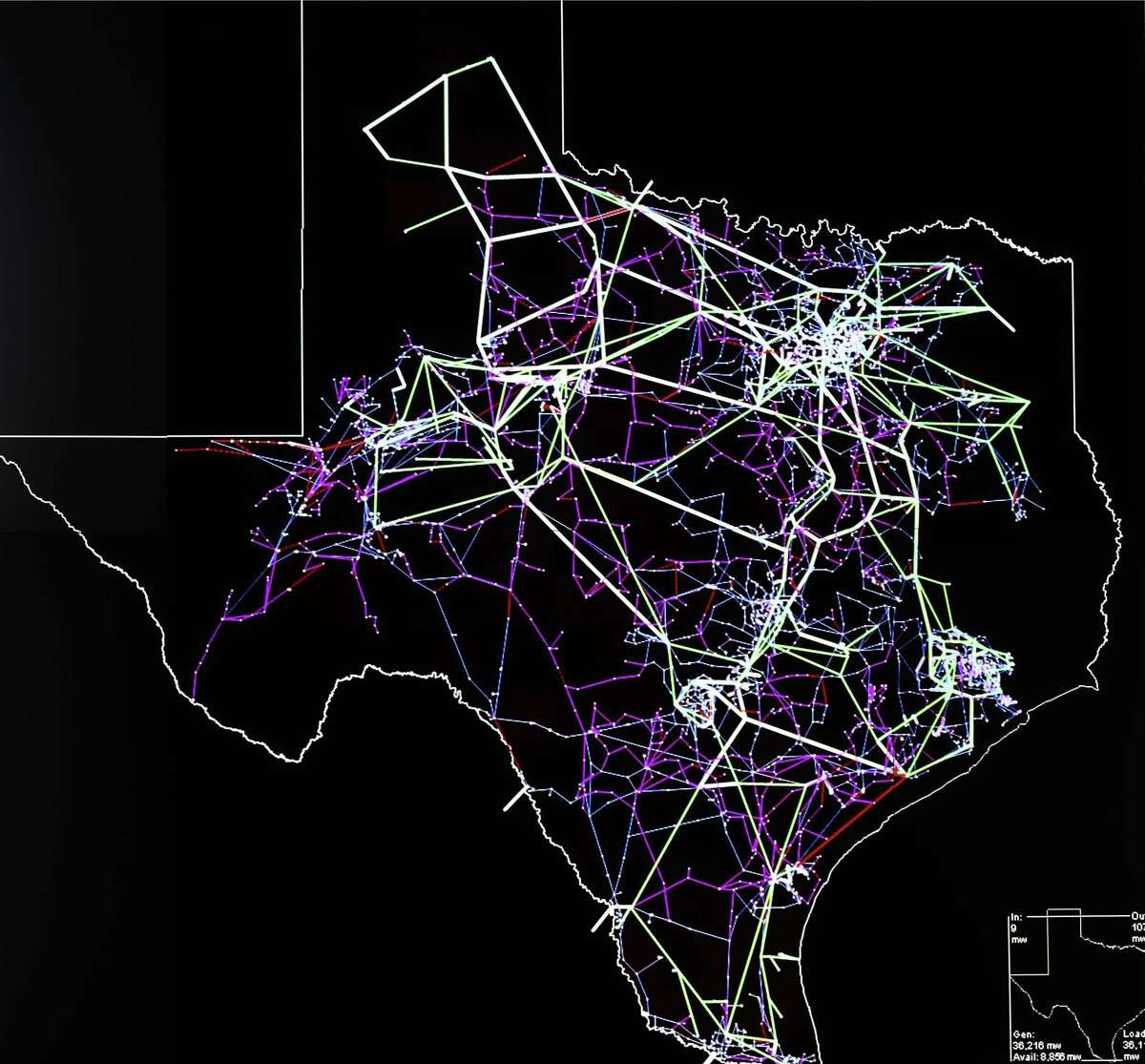Texas grid reaches record high generation as wind power fails
Natural gas to the rescue on hot summer days
“If we are facing more extreme weather due to climate change, it would be insane to make our most-critical infrastructure dependent on the weather. We need energy and power systems that are weather resilient, not weather dependent.” Robert Bryce (used with permission)
The Texas ERCOT power grid has been setting new power demand records this summer and recorded its highest-ever peak demand of 83,593 MW on August 1, 2023:
New power generation records have been possible because of Texas' large natural gas-fired generation capacity that can pick up the slack when the wind drops during the high heat levels that have characterized the summer of 2023. Natural gas-fired power generation has provided over half of the power generated in Texas on many summer days this year and in previous years.
Natural gas-fired power generation and two other dispatchable sources, coal and nuclear, have maintained stable power generation capacity year-round. They reliably fill the need for additional power on hot summer days when wind power fails due to heat-induced declines in wind speeds.
The media has focused on the above-normal temperatures this summer, calling it human-caused climate change (here, here, and here). Others argue that the hotter-than-usual temperatures result from the Hunga Tonga-Hunga Ha’apai (HTHH) volcano eruption in January 2022, pushing temperatures and power generation to new highs. Whatever the cause, the media has not reported that the hot afternoon temperatures have highlighted the Achilles heel of wind power: wind speeds can drop significantly as the temperature increases. Thankfully Texas is the country’s largest producer of natural gas and has a large installed capacity of natural gas power generation facilities that can back up the power grid when wind power fails.
Here’s an example. Friday, August 4, 2023, was a typical hot summer day this year in Texas. At 3:14 PM CST, the temperature in Fort Worth/Dallas was 105 degrees, and the entire State was over 100 degrees, except for the coastal regions. The table below is a screen capture of the ERCOT Dashboard at 3:14 PM, showing total power generated of 81,971 MW. ERCOT reported that they had a committed capacity of 89,505 MW which they could draw on if needed, so the grid had a comfortable generation cushion.
This Fuel Mix table shows that solar generated 15.4% of total power generation, wind 7.7%, natural gas 56.4%, coal 14.1%, and nuclear 6%. Hydro and power storage are insignificant. This power generation profile is typical of most recent summer days in Texas this year.
Note that of the 38,695 MW of installed wind capacity, its summer capacity is only 10,427 MW. Less than one-third of the installed wind capacity can generate power on hot summer days because of reduced wind speeds. On August 4, 2023, the wind generated only 6,276 MW which is only 16.2% of the installed wind capacity.
The ERCOT supply and demand graph below shows generation capacity flattening mid-afternoon as wind power generation declines while the air conditioning load increases, significantly narrowing the gap between supply and demand starting at about 3:30 PM.
This graph again highlights a significant problem: wind and solar depend on the weather, making them unreliable. This fact is underscored by the statement above from Robert Bryce: “If we are facing more extreme weather due to climate change, it would be insane to make our most-critical infrastructure dependent on the weather. We need energy and power systems that are weather resilient, not weather dependent.” Only dispatchable power sources can come to the rescue to maintain the stability of the power grid.
The Bottom Line
Power grids must constantly balance supply and demand to maintain the 60 Hz (cycles per second) standard for U.S. power. Supply must match demand on a minute-by-minute basis. If demand exceeds the supply, the grid operator must force a balance by cutting demand using rolling blackouts. During the hot days of summer and the cold spells of winter, rolling blackouts can be deadly, so grids must have adequate generation available to balance their system and avoid blackouts.
Wind and solar are not reliable enough to maintain grid stability and therefore require dispatchable power sources such as coal, nuclear, and natural gas-powered generation to stabilize the grid. Until sufficient utility-scale battery storage is available, which is unlikely anytime soon due to the cost of current technologies, the ERCOT power grid and all others will require substantial natural gas generation capacity to maintain grid stability. Pending EPA anti-fossil fuel regulation “to limit change” could seriously undermine the ability of U.S. power grids to use natural gas and coal generation for grid stability.
The Texas legislature understood this requirement and passed several bills with appropriate spending to keep the ERCOT power grid running with enough dispatchable power to maintain its reliability. Unfortunately, some power grids in the U.S. do not have adequate natural gas supplies due to a lack of sufficient pipeline capacity, most of which were created by anti-energy NGOs that successfully blocked pipelines. The best hope for these power grids is more nuclear power.
ERCOT is doing a commendable job managing the Texas power grid this hot summer, thanks to the State’s abundant natural gas resources.
God bless Texas.





